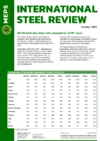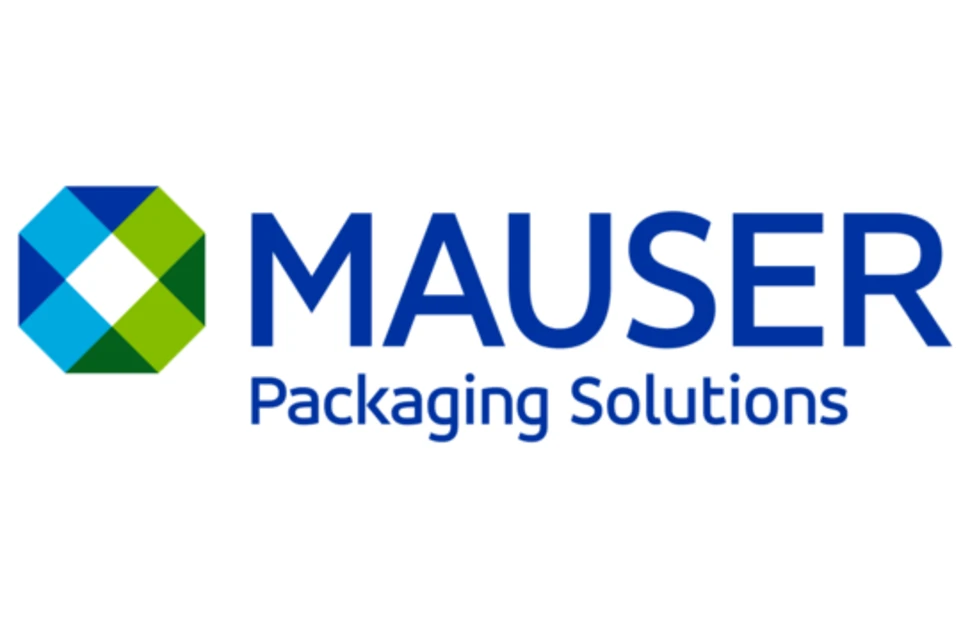US trade standoff to deepen China’s overcapacity issues
Stringent new tariffs that restrict trade between China and the United States will reduce Chinese steel demand, applying further downward pressure to prices.
As reported in previous editions of the International Steel Review, President Donald Trump’s 25% steel tariffs will have a limited effect on US steel imports from China. Imports of Chinese-origin steel have declined significantly over the past decade, falling to below 500,000 tonnes in 2024. Consequently, they account for less than 1% of China's total steel exports.
Nonetheless, April’s escalation of trade tensions will affect steel demand. While China has imposed 125% tariffs on US-origin imports, tariffs of up to 245% will be levied on Chinese products entering the US. These include electric vehicles, solar panels and critical minerals.
In 2024, the US imported USD439 billion worth of goods from China. Electronics and select electronic components represent around 25% of these imports. These items have, so far, been excluded from a possible 145% tariff. However, a White House study of national security risks associated with its reliance on these supply chains has led to concerns that sector-specific tariffs could also be applied to these products.
Increased overcapacity risk
As the Chinese government continues its attempts to rebalance domestic steel production with reduced domestic consumption, a shrinking export market for steel-consuming sectors will apply downward pressure to steel prices.
- This article was first published in MEPS's International Steel Review. The monthly report provides subscribers with steel prices, indices, market commentary and forecasts from key global steel markets. Contact MEPS for details of how to subscribe.
In March, China’s National Development and Reform Commission announced 50m tonnes of steelmaking capacity cuts by the end of 2025. However, Chinese steel production rose by 4.6% year-on-year, in March, to 92.84 million tonnes – the highest monthly total for 10 months. The uptick reversed a 1.5% decline seen in the first two months of the year.
According to customs statistics, China's steel exports in March rose by 5.7% year-on-year, to 10.46m tonnes. Year-to-date, to the end of March, China’s steel exports are now up by 6.3%, to 27.43m tonnes.
President Trump’s blanket application of 25% Section 232 tariffs on steel imports has harmed the outlook for many nations’ steel producers. Fears of additional import pressure from material redirected from the US have prompted a further uptick in trade defence investigations, particularly in Asia.
Colombia, the EU, Malaysia, South Korea and Vietnam imposed antidumping duties on Chinese steel products in quarter one. Investigations underway in a further 19 countries could affect a further nine million tonnes of Chinese steel exports, S&P Global estimates.
Steel prices falter
Chinese steel prices will come under increased pressure if the country’s steps to reduce production are unsuccessful. This month, MEPS’s China hot rolled coil price reached its lowest point since the seven-year low seen in September last year.
The tariff-based trade war between the US and China is also expected to have a negative influence on the US economy. There is a risk of inflationary pressure, which could delay expected interest rate cuts or even necessitate further rate hikes. Proposed fees on all Chinese-built container ships entering US waters – initially proposed at USD1 million per vessel – would raise the cost of shipping.
US steelmakers have benefitted from rising prices in recent months. However, uncertainty about increased tariffs is expected to undermine confidence among steel buyers. Research conducted with MEPS’s US research respondents reveals that the recent hot rolled coil price surge – due to expectation of reduced steel imports – has now stalled.

Source:
International Steel Review
The MEPS International Steel Review is an essential monthly publication, offering professional analysis and insight into carbon steel prices around the world.
Go to productRequest a free publication





